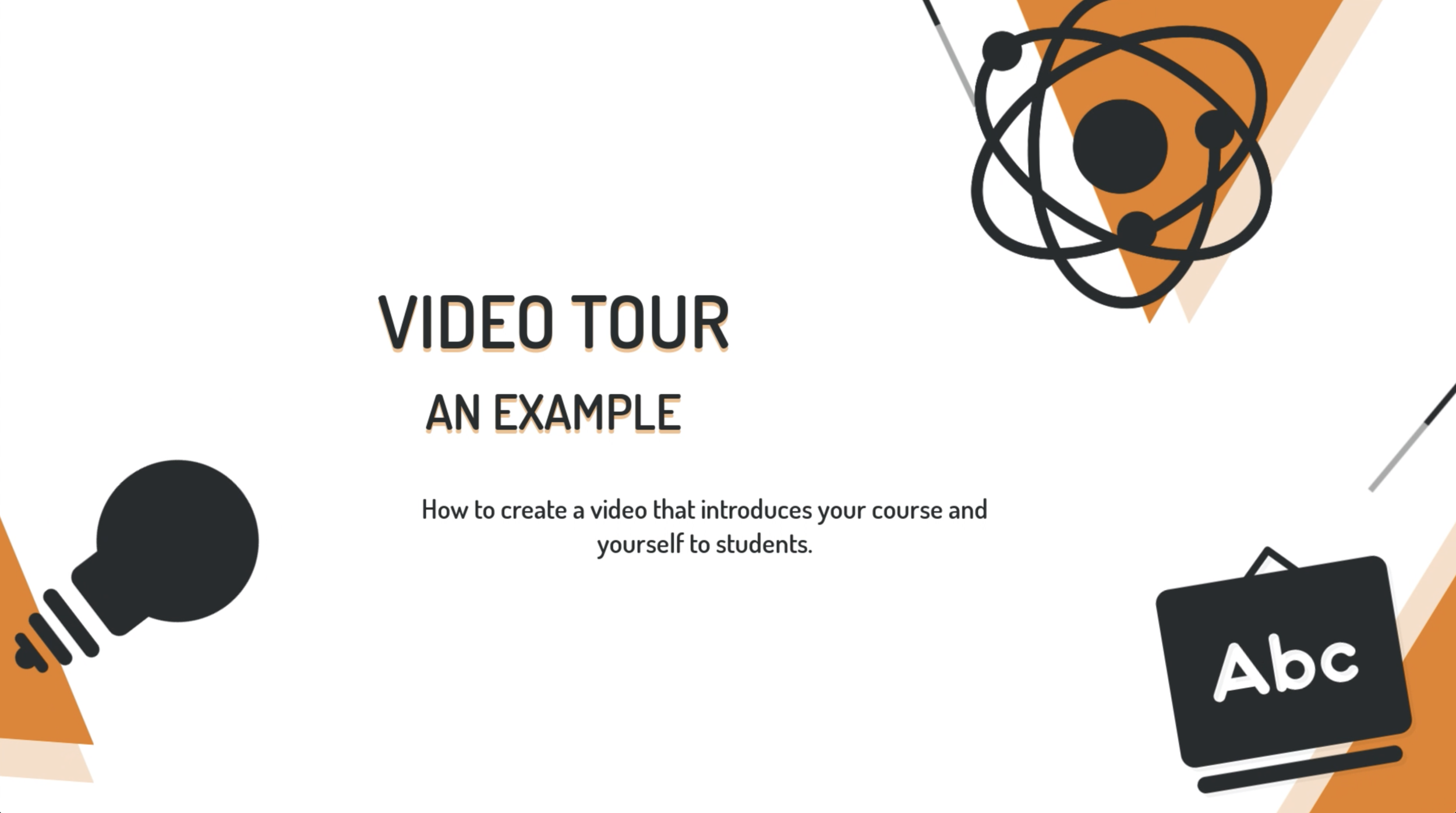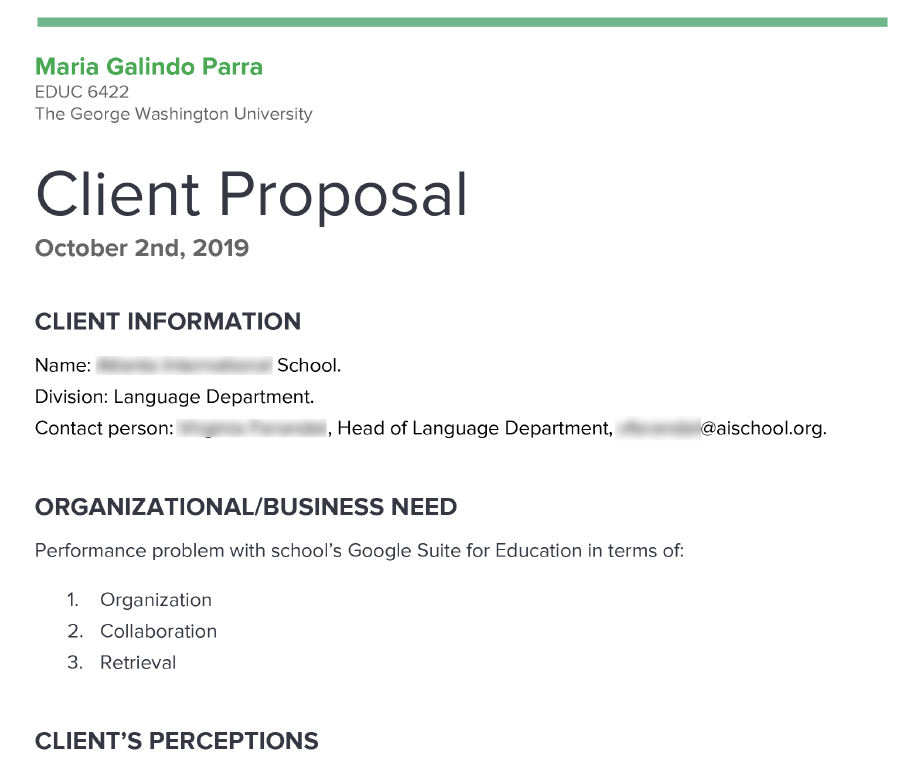
Higher Ed
Higher Education institutions have been probing into E-Learning (Distance Education) for a while. There are many successful online programs.
However, all Higher Ed is facing now a particular moment. More than ever, they need efficient programs and courses in various forms (blended, remote, online, hybrid, flex, hyflex, etc.).
Having first-hand experience in these programs, both as a student and as an instructional designer, is vital to provide university and college instructors with the help they need.
Quality Matters (QM) Standards
Helping instructors get their online courses ready!
Recycling and adapting resources for a specific audience
Helping instructors plan their online courses with course mapping.
In E-Learning…
Course Design is what really matters.
Instructional Systems Design is a complex process with many parts that come together meticulously. A full analysis starts with a Goal Analysis, which must include a Goal Statement and Objectives, followed by an Instructional Analysis and by Learner and Learning & Performance Contexts Analyses. An Instructional Treatment Plan is then developed that includes Assessment Instruments and Procedures, and Instructional Strategies. Your Instructional Materials, both instructor and student guides, ought to be clear and detailed. The final steps include a Formative Evaluation Report and Revision Plan. A Project Management Report must be kept updated with how time and work is managed during course design. (All links lead to sections of my Instructional Design class final project.)
How can technology help Higher Ed?
Benefits of Learning Analytics.
How to get there…
Technology Professional Development for Instructors.
(Sample shown here with permission from my team.)








